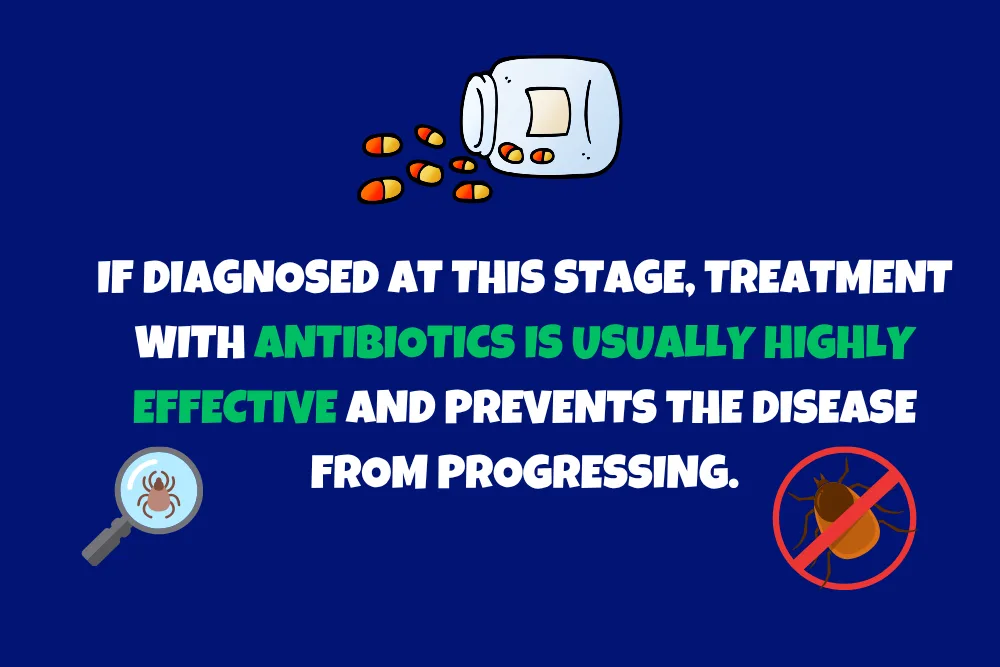Now Reading: How Does Lyme Disease Affect Your Body?
-
01
How Does Lyme Disease Affect Your Body?
How Does Lyme Disease Affect Your Body?

Lyme disease is the most common vector-borne illness in the United States, caused by a bacterium called Borrelia burgdorferi. It is transmitted to humans through the bite of an infected black-legged tick, commonly known as the deer tick. While many associate Lyme disease with hiking or wooded areas, recent high-profile cases like that of singer Justin Timberlake remind us it can be contracted even in suburban backyards.
Early Stage Lyme Disease: What Happens First
The earliest signs of Lyme disease typically appear 7 to 10 days after a tick bite. This initial stage is often marked by a red, round or oval skin lesion at the bite site known as erythema migrans. This rash may be accompanied by flu-like symptoms such as fatigue, muscle aches, chills, low-grade fever, and malaise. These symptoms together form the classic presentation of early localized Lyme disease.

Second Stage: When Lyme Disease Spreads
Without timely treatment, the bacteria can move from the skin into the bloodstream and affect other parts of the body, including the nervous system, joints, and heart. This stage, known as early disseminated Lyme disease, may manifest in more serious and complex symptoms:
-
Neurological signs such as Bell’s palsy (facial drooping), meningitis (headache, stiff neck), or numbness
-
Cardiac complications, like a slow heart rate or heart block, which may cause fainting or dizziness
-
Generalized symptoms such as fatigue, brain fog, memory problems, and difficulty multitasking
These symptoms are often non-specific and can mimic other conditions, which makes diagnosis more challenging.
Late-Stage Lyme Disease: Chronic Joint Issues
Months or even years after the initial infection, late Lyme disease can develop. The most common symptom at this stage is Lyme arthritis, typically seen in large joints such as the knees. Swelling, pain, and fluid accumulation in the joints may occur. This stage was first recognized in children during an outbreak in Lyme, Connecticut, giving the disease its name.
How Lyme Disease Is Treated
Lyme disease is treated with antibiotics, which are essential to eliminate the bacteria and prevent complications. The most commonly prescribed antibiotic for adults is doxycycline, while amoxicillin is often used for children under 12 due to safety concerns. In certain cases, such as those involving the central nervous system or persistent arthritis – intravenous (IV) antibiotics may be required.
It’s important to note that antibiotics can have side effects, including diarrhea or allergic reactions. A temporary worsening of symptoms, known as a Herxheimer reaction, may also occur within the first 24–48 hours of treatment as the body responds to bacterial die-off.
Lyme Disease Is Not Always Obvious
One of the major challenges in diagnosing Lyme disease is that its symptoms may resemble other conditions. People can experience fatigue, brain fog, or body aches without any visible rash or neurological signs. In such cases, both patients and healthcare providers need to consider the possibility of Lyme disease and order the appropriate tests.
A Real-World Example: Justin Timberlake’s Lyme Disease
The singer revealed he’s been battling Lyme disease during his Forget Tomorrow World Tour, calling it “relentlessly debilitating” and severe enough to consider canceling. He experienced generalized symptoms such as fatigue and muscle aches common in many other illnesses. His case illustrates that Lyme disease is not limited to wilderness explorers; even backyard exposure can lead to infection.
How to Prevent Lyme Disease
Prevention is crucial, especially in high-risk areas like the Northeast, Upper Midwest, and Mid-Atlantic regions of the U.S. Here’s what you can do to reduce your risk:
-
Wear long sleeves and pants when outdoors in grassy or wooded areas
-
Use tick repellents, such as permethrin-treated clothing
-
Dry clothes on high heat after spending time outside
-
Shower within two hours of coming indoors
-
Do full-body checks, including hairline, behind ears, joints, and between toes
Remember, deer ticks can be as small as a poppy seed, so close inspection is essential.
Frequently Asked Questions
What is Lyme disease?
Lyme disease is a bacterial infection transmitted by the bite of an infected deer tick. It can cause a wide range of symptoms depending on how far the infection has spread.
How soon do symptoms appear after a tick bite?
Symptoms can appear anywhere between 3 to 30 days after the bite, but most commonly within 7–10 days.
Is Lyme disease curable?
Yes, Lyme disease can be cured with a proper course of antibiotics, especially when diagnosed early.
Can Lyme disease go away on its own?
No. Without treatment, Lyme disease can spread to other organs and cause long-term complications.
What should I do if I find a tick on me or my child?
Remove it carefully with tweezers, clean the area, and monitor for symptoms. Consult a doctor if symptoms like rash or flu-like feelings develop.
How common is Lyme disease in the U.S.?
Approximately 476,000 Americans are diagnosed and treated for Lyme disease each year, according to the CDC.
Bottom Line
Lyme disease is serious, but early recognition and timely antibiotic treatment are highly effective in preventing long-term complications. With greater awareness, careful prevention, and accurate diagnosis, Lyme disease can be managed and, in many cases, fully cured.
If you live in or travel to tick-prone areas, stay vigilant and don’t underestimate the risk. Whether you’re hiking in the forest or just gardening in your backyard, prevention is far easier than treatment.
For more health blogs and news, Visit Search Ethics.
Dony Garvasis is the founder of Search Ethics, a platform dedicated to transparency, authenticity, and ethical digital practices. With over six years of experience in SEO and digital marketing, I provide expert content on Tech, digital marketing, SEO, Artificial intelligence, gadgets, science, automobiles, lifestyle, tips, tutorials and much more. My mission is simple: Ethical Search, Genuine Results! I will make sure people everywhere get trustworthy and helpful information.










